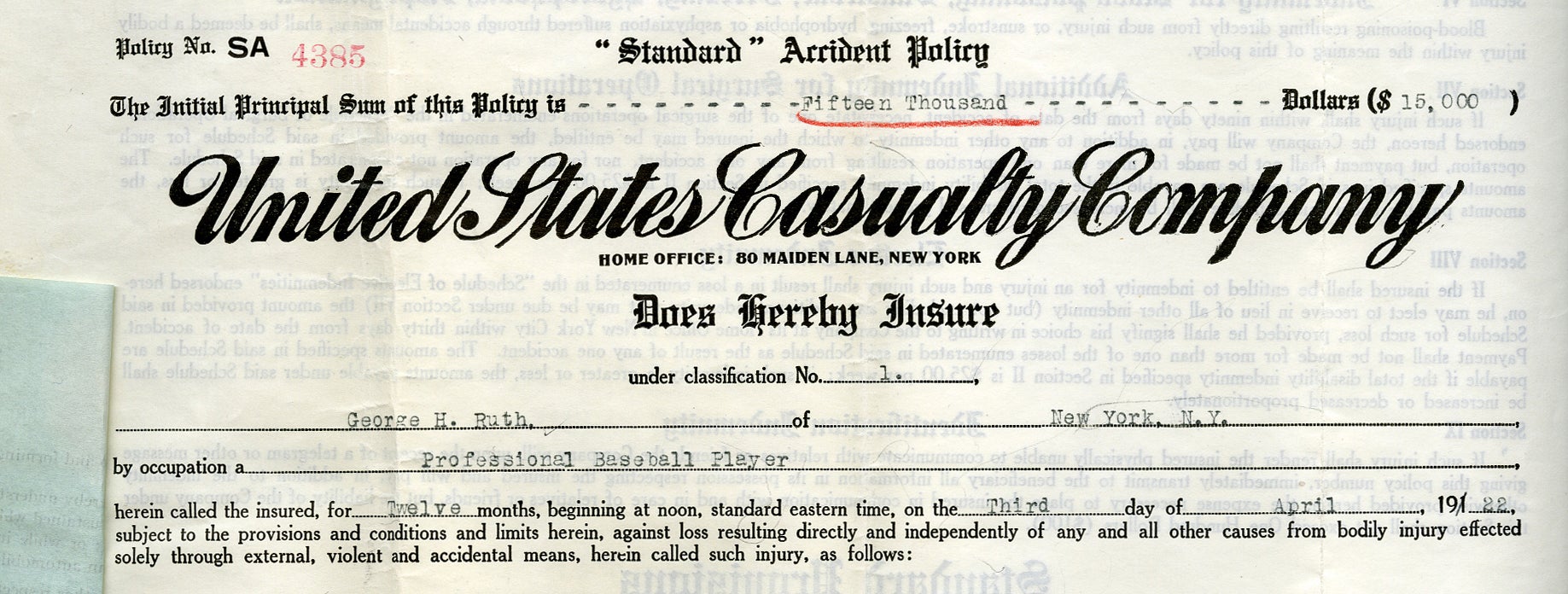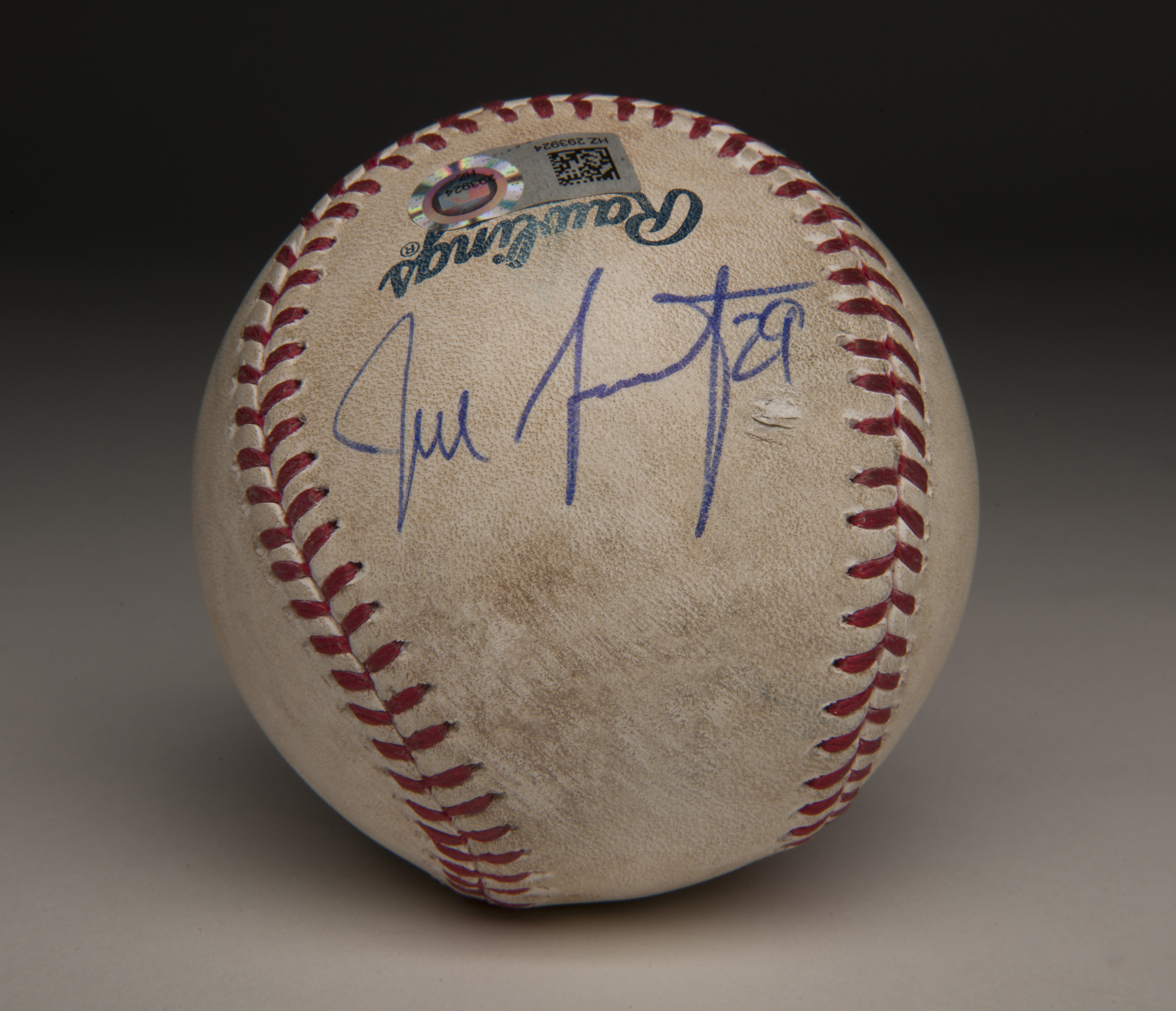“It was designed to say thank you to each and every family member, each and every ALS patient, each and every researcher.”
- Home
- Our Stories
- A Foothold on History
A Foothold on History
Red Sox pitcher Curt Schilling, the bloody sock and his crafted “K ALS” cleat became one of the hottest topics in postseason history during the 2004 playoffs – so dramatic that not even Hollywood could script it.
Down three games to none in the American League Championship Series against the New York Yankees, the Red Sox seemed destined for defeat. No MLB team had ever come back from a 3-0 deficit in a best-of-seven series to force a Game 7. However, in a rare occurrence, Yankees closer Mariano Rivera blew the save in Game 4. With the help of Schilling, the Red Sox made one of the most legendary comebacks in baseball history.
The Red Sox won Games 4 and 5 of the ALCS and Schilling was scheduled to take the mound for Game 6. He was roughed up in his previous performance in Game 1, allowing six runs on six hits in three innings. A torn tendon sheath he suffered in his right ankle during the first game of the American League Division Series against the Angels seemed to get the best of him. “Every step made me question my ability to pitch,” Schilling said.
Amid enormous pressure, Boston team doctor Bill Morgan made the desperate decision to suture the ankle skin to the tissue surrounding the tendon in an attempt to hold everything in place long enough for Schilling to pitch Game 6. Blood began oozing out before the first inning, visibly soaking his sock. Red Sox fans clutched their lucky caps as Schilling allowed only one run on four hits in seven innings. Boston’s victory turned Schilling’s performance into an instant classic. The following day, the media plastered images of the bloody sock on television networks and newspapers throughout the country.
The Red Sox completed their historic defeat of the Yankees in Game 7 and found themselves facing the St. Louis Cardinals in the World Series. Slotted to pitch Game 2, Schilling continued to suffer from his torn tendon sheath and he knew that cameras would once again fixate on his ankle, so he decided to make a statement. In silver marker, he wrote “K ALS” on his right cleat, just below his injury. The message stood for striking out amyotrophic lateral sclerosis (ALS)—the disease that abruptly ended the life of Schilling’s hero and beloved Yankees first baseman Lou Gehrig in 1941.
For Schilling, marking his cleat with “K ALS” was the least he could do for those in the community.
“It was designed to say thank you to each and every family member, each and every ALS patient, each and every researcher,” explained Schilling.
With millions watching him that October night, Schilling pitched six innings, gave up no earned runs and recorded the win. The Red Sox completed a four-game sweep of the Cardinals and, for the first time since 1918, brought a World Series title home to the adoring fans in Boston.
The bloody sock and the “K ALS” cleat became lasting memories from the 2004 postseason, but how Curt Schilling reacted to the enormous amount of attention is often overlooked in the popular narrative of baseball history. The “K ALS” cleat projected a different side to the pitcher – one of selflessness. He was aware that his injury gave him a platform to help others. On the baseball world’s biggest stage, Schilling turned the spotlight away from himself toward something greater.
Curt Schilling’s “K ALS” cleat will be featured in the upcoming exhibit at the National Baseball Hall of Fame and Museum, Whole New Ballgame, slated to open Nov. 7.
Sarah Calise was the 2015 curatorial intern in the Frank and Peggy Steele Internship Program at the National Baseball Hall of Fame and Museum
More Short Stops

Umpires Break Through Glass Ceiling

Umpires Break Through Glass Ceiling
Support the Hall of Fame
Mentioned Hall of Famers
Related Stories

"K" as in Cain

Tom Seaver Announces His Retirement

2016 Pre-Integration Committee Candidates

#CardCorner: 1978 Topps Willie Crawford

Joe DiMaggio makes his big league debut, recording three hits in the Yankees’ win
Nolan Ryan’s Hall of Fame Plaque to Make Historic Journey to Texas

Bob Gibson wills Cardinals to Game 7 victory in 1964 World Series

Joe Sewell strikes out twice in game for first time
1992 Hall of Fame Game
01.01.2023
BA MSS 67, Folder 15, Corr_1946_4_9a
01.01.2023

















